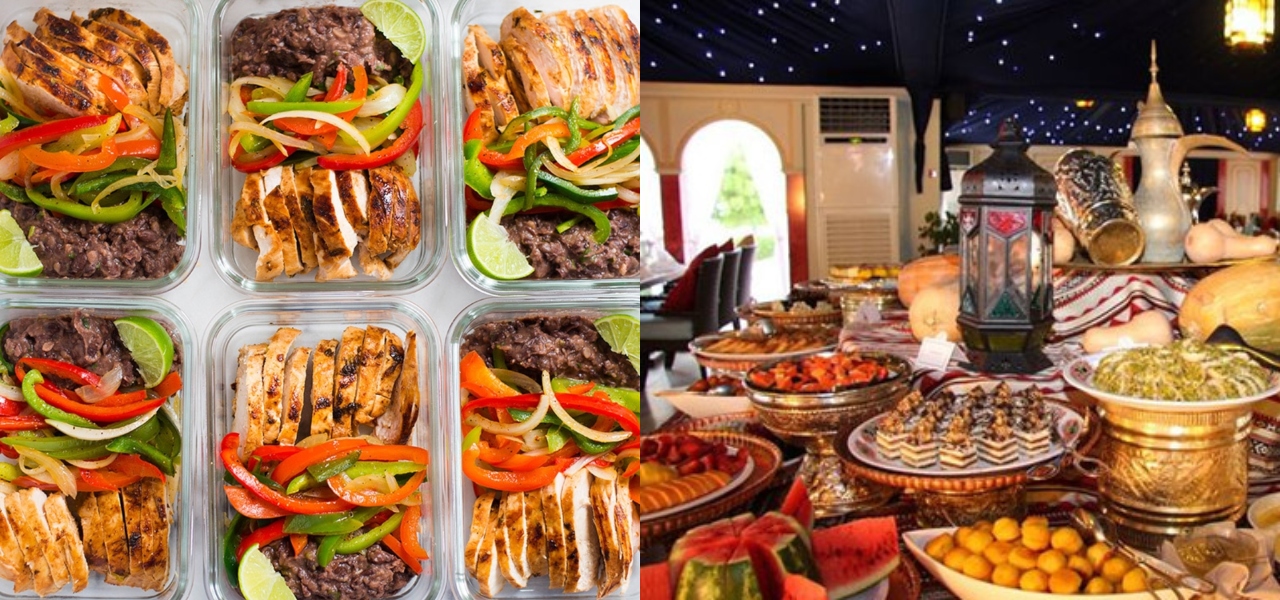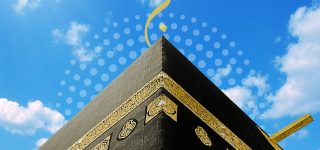A Ramadan diet chart looks a little like this; foods with trans fat, sugar, saturated fat, low in protein, and high in cholesterol. You probably have stepped on the scale and see it show 2-3 lbs more than it showed in the beginning. Well, can you blame the scale? Ramadan brings joy, peace, enlightenment, and closeness to god. But along with that it also brings with it high cholesterol foods, foods filled with trans fat and sugar. The diet we have in Ramadan is a sure-shot way of gaining fat and losing productivity. You might not see it right now but Ramadan is a great time to get back to your faith and is also a great time to get back on your body goals.
[adinserter block= “3”]
So don’t you worry I have conducted a Ramadan diet chart for all of my fellow Muslims. This diet chart will allow you to stop gaining weight in the holy month. As well as lose a few pounds along the way. I understand that it is not easy ignoring the pakoras and samosas!
Ramadan Diet Chart:
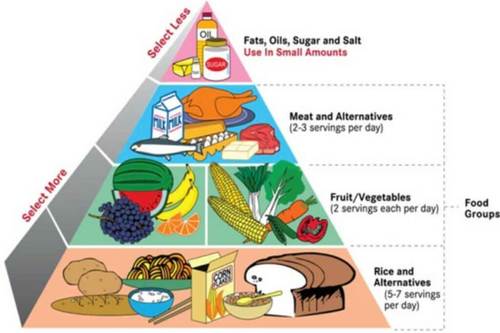
Source: True weight
In this chart, I will list down foods in all three of the macronutrient section such as proteins, fats, and carbohydrates. I will tell you healthy food options in each of these three categories. Before you read ahead I want you to calculate your Total Daily Energy Expenditure (TDEE). This will help you realize how much of each macronutrient you should be taking in each day and how many calories all of those things add up to. There is a rough estimate as well which you can do like this.
Take your weight in lbs and eat protein 0.85x-1.0x grams of your weight. Eat 2.0x grams of carbs as per your weight. and eat fat in moderation around 0.4x grams per your body weight. Keep in mind that 1 gram of protein and carbohydrates is equal to 4 calories while 1 gram of fat is equal to 9 calories. So you need to have a complete diet, meaning 45% of your calories should come from Carbohydrates and 40% should come from protein and only 15% should come from fats. This entire article will touch flexible dieting mixed in with Ramadan so be prepared.
I understand that Ramadan times call for laziness, so there is nothing on this list that is not easy to make and fun to eat.
Let’s begin
Carbohydrates:
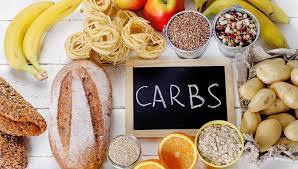
Source: Jonathan Colon
We get a lot of these in Ramadan. We get them in Pakoras, Samosas, Rolls, fruit chat, parathas, and in anything else. Ramadan feasts like iftari and sehri are carbohydrates galore and that is where all the weight gain comes into play. People shun out fats but take in as many carbs as they want. Although carbs are very important for your body, as they give you immediate energy. They can also lead to weight gain and filling your fat cells if taken without precaution.
Here is a comprehensive list of food items that you should be eating as a carbohydrate source this Ramadan.
- Bran bread or whole wheat bread. This is one of the best things out there for a carbohydrate source. Replacing your tandoor roti with this will work wonders for that extra weight gain.
- Fruits and vegetables of all sorts. One of the best things about Ramadan is a good fruit chat. The good thing about it is that it is absolutely healthy. So eat away because fruits and vegetables are some of the best sources of Carbohydrates.
- Basmati white/brown rice. Although rice gets a bad rep that is not the case at all. In reality, rice is actually quite healthy and one of the best carbohydrate sources. If eaten in moderation it could prove a very useful food.
- Oatmeal. Oatmeal is one of my favorite things to have after two-three hours of iftari. It is rich in carbs and very healthy. While people may think that oatmeal is boring that is not the case at all. Oatmeal can be eaten however you want, it could be savory or sweet. It could have nuts and fruit or meat and spices. It is all up to you.
If you want to read about Ramadan effects on your diabetes then read through this article.
Proteins:
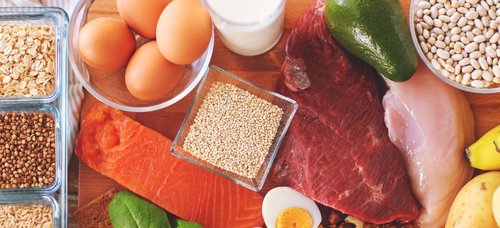
Source: Dr. Axe
Some might say that Protein is the most important macronutrient. Well, there is truth in that but proteins need to be taken in an orderly manner for you to make proper use of them. The use of it making muscle and not acting as a primary fuel source. The human body is designed in a way where it starts using something as fuel when it gets it in abundance. That is the reason you lose fat rapidly on a ketogenic diet although you are eating 70% calories from fats.
[adinserter block= “10”]
Keeping the information mentioned in the article above understand the list and incorporate it into your Ramadan diet.
- Chicken. Chicken is one of the best meats. As it is lean and has the best protein to fat ratio. It can also be used in everything, whether it is a kebab, karahi, or a burger.
- Beef. Beef has a ton of protein but has more fat per gram. It is good meat to eat once or twice a week but you make sure you do not go off on it. With beef moderation is key.
- Mutton. Also known as the king of the meat, mutton is really delicious and superb meat for cooking stews. It’s the only downside is that it is quite expensive and is an acquired taste.
- Fish. If you are not eating fish then you are missing out. Fish is the leanest of all the meats and taste amazing. Whatever fish it is, shallow fry fish fillets with the Pakistani masalas are heaven on earth.
- Eggs. Eggs contain a good amount of protein as well as fats so eating this in sehri I won’t recommend. They should be eaten after iftari about around 11:00 PM that way by the time it is sehri your eggs would be all washed out.
- Beans & Lentils. Eat chickpeas, kidney beans, and lima beans. All of these are pretty common in a Ramadan diet so this should not be hard for you to find in your everyday cooking.
Fats:
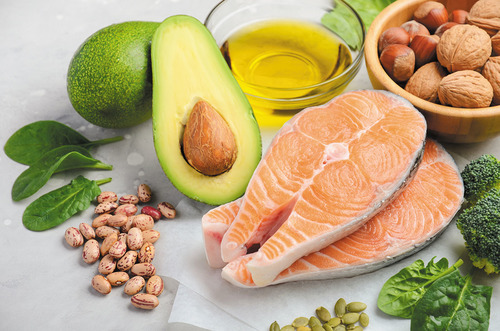
Source: Harvard Health
Many people think that fat is the scourge of society while in reality, it is what keeps us going in the long run. Fats are necessary and taste absolutely amazing. A good Ramadan diet chart should have fats in it as well.
So here are all the foods that give you good fats.
- Olive Oil. Olive oil is amazing for cooking and dressing your salads. It is a healthy fat but you should use it strictly.
- Almonds, Cashews & Walnuts. These three should be in your diet, they all contain healthy fats and almonds also contain protein as well. Use them strictly and as a light snack throughout the day.
- Cheese. Cheese is one of my favorite things on this list. People think that cheese is unhealthy but that is wrong. Cheese, when eaten modestly, is one of the healthiest things out there. Try parmesan, cheddar, mozzarella, and cottage cheese. They are amazing and keep you healthy.
[adinserter block= “4”]
This is the Ramadan Diet Chart which you should follow this Ramadan. All the food items mentioned in this article are eaten almost every day so it won’t be hard for you to follow this. So, good luck and have a blessed Ramadan.
What do you think of this story? Let us know in the comments section below.

